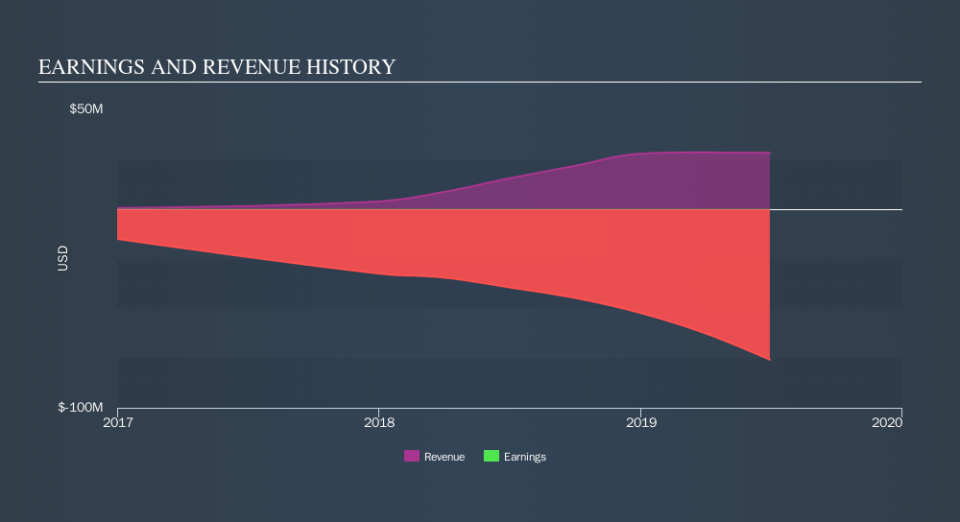Alector, Inc.'s (NASDAQ:ALEC) Single Biggest Risk For Investors

As the US$1.3b market cap Alector, Inc. (NASDAQ:ALEC) released another year of negative earnings, investors may be on edge waiting for breakeven. A crucial question to bear in mind when you’re an investor of an unprofitable business, is whether the company will have to raise more capital in the near future. Selling new shares may dilute the value of existing shares on issue, and since Alector is currently burning more cash than it is making, it’s likely the business will need funding for future growth. Today I’ve examined Alector’s financial data from its most recent earnings update, to roughly assess when the company may need to raise new capital.
Check out our latest analysis for Alector
What is cash burn?
Currently, Alector has US$411m in cash holdings and producing negative free cash flow of -US$93.6m. The biggest threat facing Alector investors is the company going out of business when it runs out of money and cannot raise any more capital. Unprofitable companies operating in the exciting, fast-growing biotech industry often face this problem, and Alector is no exception. These businesses operate in a highly competitive environment and face running down its cash holdings too fast in order to keep up with innovation.
When will Alector need to raise more cash?
When negative, free cash flow (which I define as cash from operations minus fixed capital investment) can be an effective measure of how much Alector has to spend each year in order to keep its business running.
Free cash outflows declined by 18% over the past year, which could be an indication of Alector putting the brakes on ramping up high growth. If free cash outflows are maintained at the current level of -US$93.6m, then given the current level of cash in the bank, Alector will not need to raise capital any time within the next three years. Although this is a relatively simplistic calculation, and Alector may continue to reduce its costs further or open a new line of credit instead of issuing new shares, the outcome of this analysis still helps us understand how sustainable the Alector operation is, and when things may have to change.
Next Steps:
This analysis isn’t meant to deter you from Alector, but rather, to help you better understand the risks involved investing in loss-making companies. The cash burn analysis result indicates a cash constraint for the company, due to its current level of cash reserves. This suggests an opportunity to enter into the stock, potentially at an attractive price, should Alector raise capital to fund its growth. Keep in mind I haven't considered other factors such as how ALEC is expected to perform in the future. I suggest you continue to research Alector to get a more holistic view of the company by looking at:
Future Outlook: What are well-informed industry analysts predicting for ALEC’s future growth? Take a look at our free research report of analyst consensus for ALEC’s outlook.
Management Team: An experienced management team on the helm increases our confidence in the business – take a look at who sits on Alector’s board and the CEO’s back ground.
Other High-Performing Stocks: If you believe you should cushion your portfolio with something less risky, scroll through our free list of these great stocks here.
NB: Figures in this article are calculated using data from the trailing twelve months from 30 June 2019. This may not be consistent with full year annual report figures. Operating expenses include only SG&A and one-year R&D.
We aim to bring you long-term focused research analysis driven by fundamental data. Note that our analysis may not factor in the latest price-sensitive company announcements or qualitative material.
If you spot an error that warrants correction, please contact the editor at editorial-team@simplywallst.com. This article by Simply Wall St is general in nature. It does not constitute a recommendation to buy or sell any stock, and does not take account of your objectives, or your financial situation. Simply Wall St has no position in the stocks mentioned. Thank you for reading.

 Yahoo Finance
Yahoo Finance 
